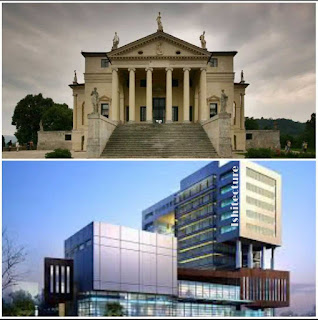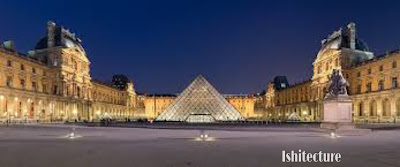Like any other discipline, architecture has evolved according to the
needs of the people and the availability of materials. In this process of
evolution, two famous styles came into the limelight, one being vernacular
architecture and the other being modern architecture. Though both the styles
have their timelines of origins, both are being followed to date.
Vernacular Architecture reflects the environment,
culture, social, religious, and geological contexts and uses specific native
architectural practices. It involves an ethical commitment to the local people,
location, and cultural tradition. Modern Architecture uses
simple forms with no unnecessary articulation. It encompasses angular frames,
upholstery and artwork, abstract and geometric patterns. Though both have their
benefits, both have different paths. Some of the points are given below:
- Eco-friendly: Although vernacular architecture uses local eco-friendly building materials drastic climate changes are a threat. Whereas, modern architecture is adapting to the local climate codes which help in the reduction of carbon footprint and the houses become more durable towards extreme conditions like earthquakes, tsunamis, fire hazards, etc.
- Cost-effective: As vernacular architecture uses natural local materials, the total cost of the materials and transportation is much less than the costs for the materials and transportation in modern architecture.
- Energy-efficient and low
maintenance:
Vernacular architecture uses more energy-efficient materials that are more durable and requires less maintenance. The materials used in modern architecture is being developed to be more energy-efficient and is less hazardous towards the environment.
- Natural building materials: Vernacular architecture draws its materials from the earth while modern architecture is not as robust because the constituent parts of the building are not integral, the main focus is on simple forms and function of the structure.
At the beginning of the times,
the vernacular style was used as it utilized easily available local materials which were obtained from earth but with the industrial revolution and increasing demands of people, new materials were discovered and new techniques replaced the older ones. Modern materials and innovative construction techniques gave rise to an increase in profits and efficiency but vernacular practices did not fade out, both practices are carried out to date according to the capabilities.




Comments
Post a Comment